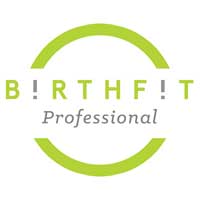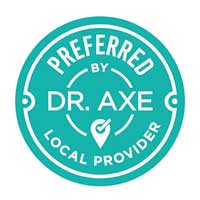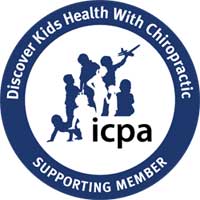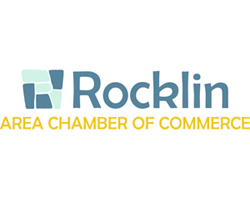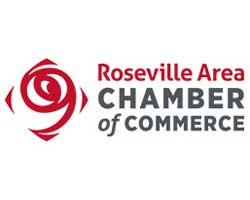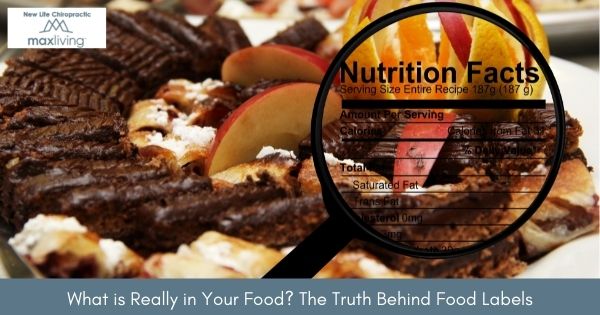
Knowing what is in your food starts with knowing how to read the label. When it comes to reading labels, you must look beyond the claims on the front of the box. By far, the most important part of the label is the ingredient list. That is where the whole truth is revealed.
Marketing claims, calorie counts, and total grams only tell part of the story. Drilling down to the actual ingredients tells you much more about the product than the marketing tag lines. There are certain terms that are used frequently that sound great and enticing, but they can also be very misleading.
Keep in mind that food manufacturers have one main goal, and that is to get you to buy their products. Therefore, it is up to us to do our homework and to be diligent about knowing for certain what is going into our bodies.
General Rules on Label Reading:
DOs:
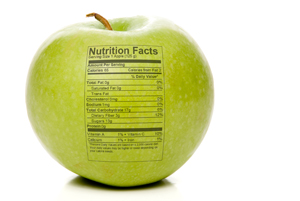 Look for minimal ingredients (the less the better).
Look for minimal ingredients (the less the better).- Look for natural ingredients (words you can pronounce and identify outside a laboratory).
- Try to buy more foods without any labels at all (i.e. fruits and vegetables).
- Check every label on every single thing you buy.
- Put items back on the shelf if they contain unnatural or toxic ingredients (if it doesn’t come from the ground or grow on a tree).
DON’Ts:
- Worry a lot bout fat grams, carb grams, and calories. The numbers and types of unnatural ingredients, as indicated on the label, are considerably more important. Your body can more efficiently and effectively digest and absorb naturally-occurring foods!
- Buy items with the following ingredients on the label:
- Monosodium Glutamate (also known as MSG, Hydrolyzed anything, Autolyzed anything)
- Artificial sweeteners (sucralose/Splenda, aspartame/Nutrasweet, Equal, etc)
- Hydrogenated or partially hydrogenated anything
- Refined flour
- Additives
- Colorings
- Preservatives
- Chemical names
You get the idea!
Here are three common food label claims and what they really mean.
Claim: Fat Free or Low Fat
What it Usually Means: High sugar and chemical toxins
What the FDA requires: Fat Free- must have less than 0.5g of fat per serving, Low Fat – must have 3g or less of fat per serving, Less Fat – must have 25% or less than the comparison food.
The fat-free craze has been in full force since the late eighties and early nineties. It was really based on warnings from scientists and medical doctors that “fat is the enemy” (especially saturated fat). The assertion that fat causes heart disease flies in the face of centuries of cultures that have consumed animal fat and other saturated fats as a large part of their diet. Yet, heart disease and obesity simply did not exist.
We have more fat-free and low-fat products than ever before and certainly more than anywhere else in the world. If you were to plot out the graph of the number of fat free products and the levels of obesity, they would follow the same trajectory. As these foods became more prevalent, and the good healthy fats were reduced or eliminated, the obesity levels rose.
What is Really in Your Food? The Truth Behind Food Labels #nutrition Click To TweetClaim: Trans Fat Free
What it Usually Means: There can still be trans fats as long as it is under .5 grams/serving.
What the FDA requires: must have less than 0.5 grams of trans fats per serving
There are so many products with this claim on the front of the package but the ingredient list quickly reveals the truth. In an effort to stay under this 0.5g/serving level, the manufacturer will simply manipulate the serving size.
For example in a common margarine spread, the label claims trans-fat free yet partially hydrogenated soybean oil clearly appears on the label. The manufacturer can do this as long as it is below 0.5g/serving. In other words, this claim is technically false but because of the labeling guidelines, they are able to put the claim on the label.
This is really where super label reading skills come into play. You cannot merely look at the front of a package and know what is inside or be lured by health claims.
Claim: Sugar Free, No Added Sugar or “Diet”
What it Usually Means: Contains artificial sweeteners or high natural sugar content
What the FDA requires: must have less than 0.5g of sugar/serving
It has long been known that sugar has some serious health consequences. Sugar is highly inflammatory and is a main contributing factor to diabetes, obesity, and even cancer.
In light of increased awareness of the hazards of sugar and in an attempt to appease America’s love affair with sugar, food manufacturers have turned to artificial sweeteners. Artificial sweeteners are just that – artificial. They are made in a laboratory and undergo extensive chemical reactions. The end result is that our bodies don’t know how to process artificial sweeteners.
Artificial sweeteners like aspartame (Nutrasweet) are considered excitotoxins and have been linked to headaches, migraines, allergies, digestive disorders, vertigo, MS-like symptoms, and even seizures. One of the newer on the market is sucralose (Splenda), which undergoes a multi-step chemical process that introduces chlorine into the molecule.
Join Us For the Gut Health Event

Learn the blueprint for healthy eating.
Tuesday 7/27/21 at 6 p.m. at New Life Chiropractic.
Register via Facebook here.
